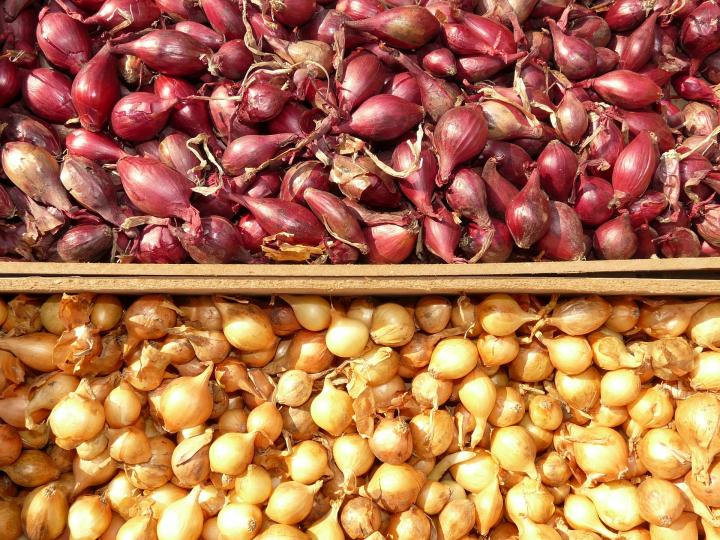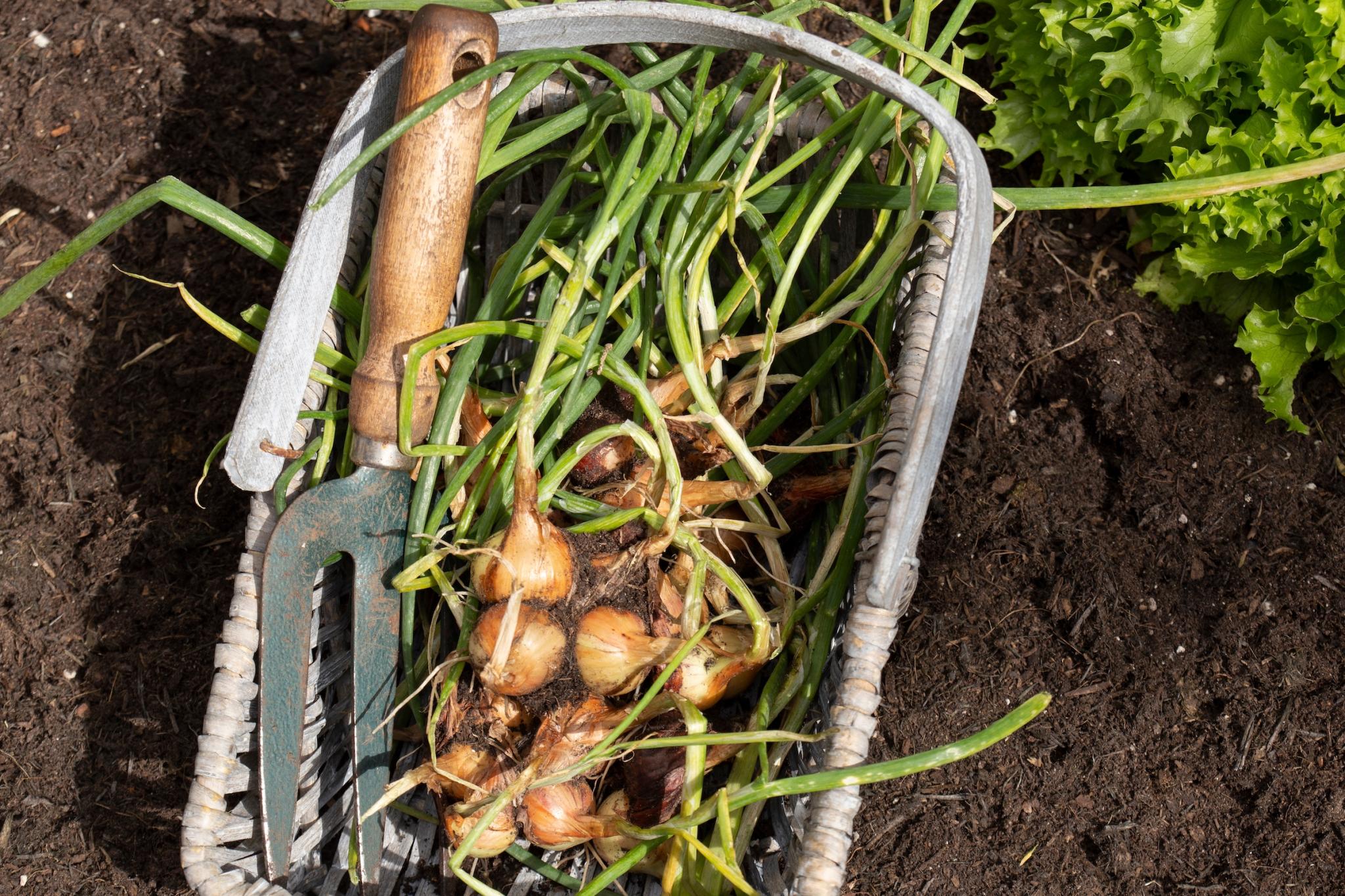
Photo Credit
Joanna Tkaczuk
Botanical Name
Allium spp.
Plant Type
Sun Exposure
Soil pH
Special Features
Also receive the Almanac Daily newsletter including gardening tips, weather, astronomical events, and more.
No content available.
Subhead
Planting, Growing, and Harvesting Shallots
Read Next
Gardening Products
Cooking Notes
Shallots can be used in almost any recipe that has onions if you want a sweeter, milder flavor. Be sure to use firm, dry shallot bulbs that are free of sprouts.
- For starters, try shallots sauteed in butter or olive oil with green beans or other leafy greens (e.g., Swiss chard, collards). Try this Green Bean with Shallots and Bacon recipe.
- Roasting is our favorite way to enjoy shallots! They become sweet, caramelized, and oh-so-tender.
ADVERTISEMENT
Comments
Add a Comment
After much back-and-forth about fall vs. winter planting, the following appears: "A late fall harvest is ready in early summer. An early spring harvest is ready in late summer." Surely those sentences should have referred to *planting*, not harvest.












